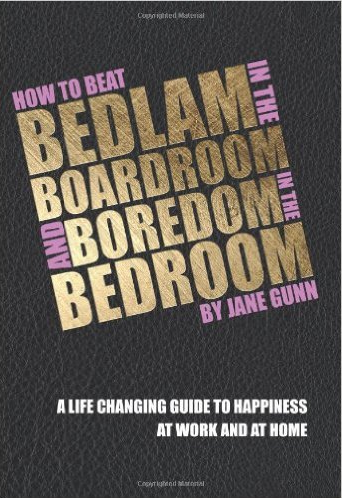Dear reader,
Welcome to the July 2016 edition of The Director’s Dilemma.
Our case study this month looks into some mechanisms for bringing a youthful perspective into a board's operations and building strong engagement with younger club members.
I hope you will enjoy this dilemma and the three suggested responses.
To read this email in your browser, go to www.mclellan.com.au/newsletter.html and click on 'read the latest issue'.
Fiona is Chairman of a community sporting club. About half the members are young adults, 14 to 17 years old, who participate keenly in competitions. The club is proud of its pipeline of junior talent and, although no Olympians have emerged from their ranks, they are inspired by their role in forming fit and healthy young people who enter tertiary education or work with a strong competitive streak and an ethos of fair play and justice.
Participation and membership among this age group seems to be stagnating and last year was the first in which the club did not have representation in all levels of local competition. Fiona spoke with some of the younger members and discovered that they felt exiled from the leadership of their own club. They wanted to have a progression from team captain roles into club committee roles and a view of the business side of the club. They felt quite strongly that the club was for children and 'old people' (over 30!) rather than for school leavers and young workers.
Fiona was intrigued. These are smart, articulate and confident people. She would love to involve them more in setting the strategy of the club and in devising competition and practice formats that would suit their preferences as a playing group. She wants them to stay engaged after they turn 18.
The board members are mostly lifelong participants in the sport and/or parents of junior players. The age demographics are bi-polar in their distribution with very few members between the ages of 18 and 35 and roughly even numbers on either side of that range. The board are all over 50; they would like to retain members as they leave school but have never been able to think of a strategy for this.
How can Fiona develop structures to allow the younger members to become more involved in running their club and developing its strategy?



